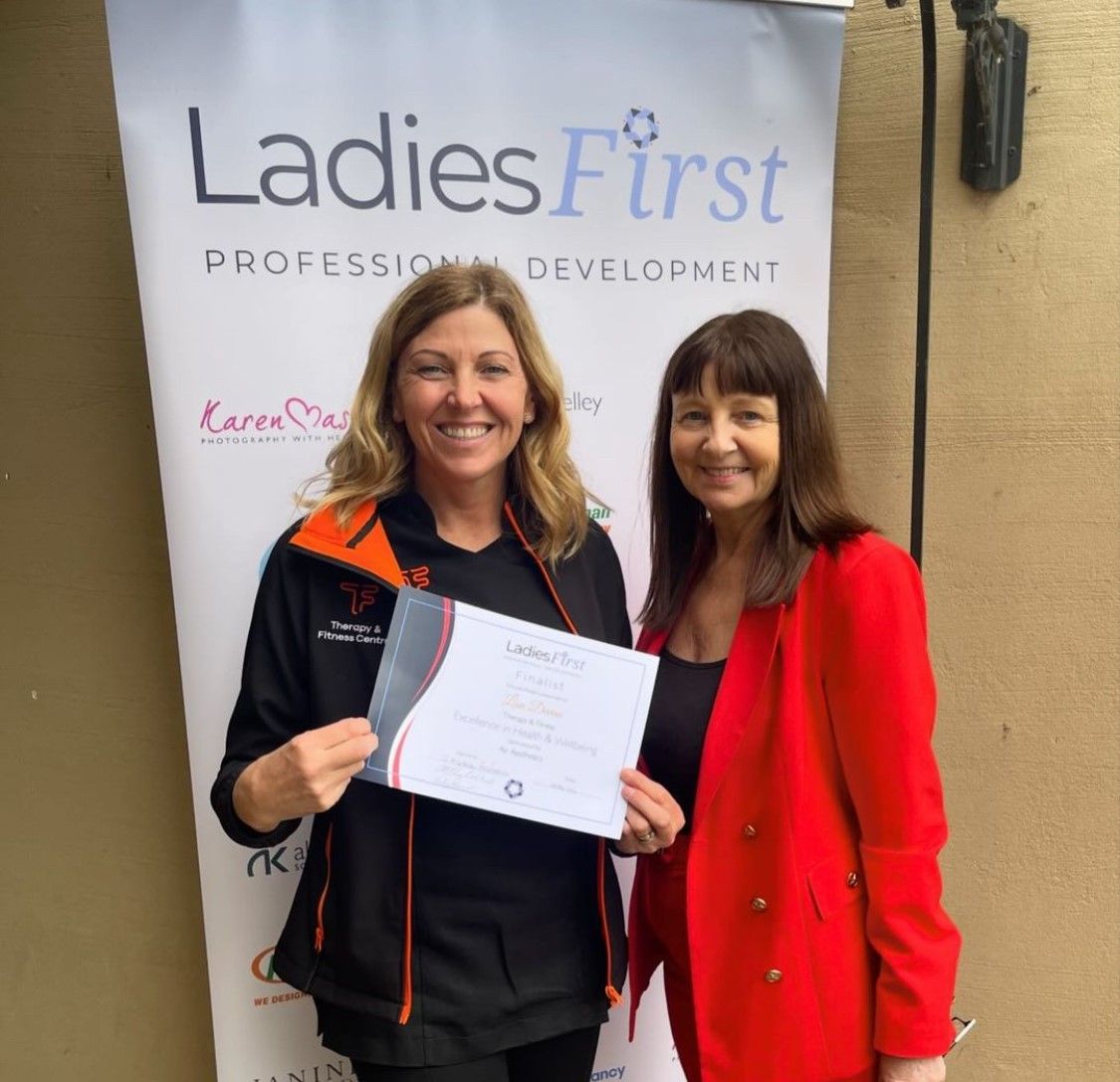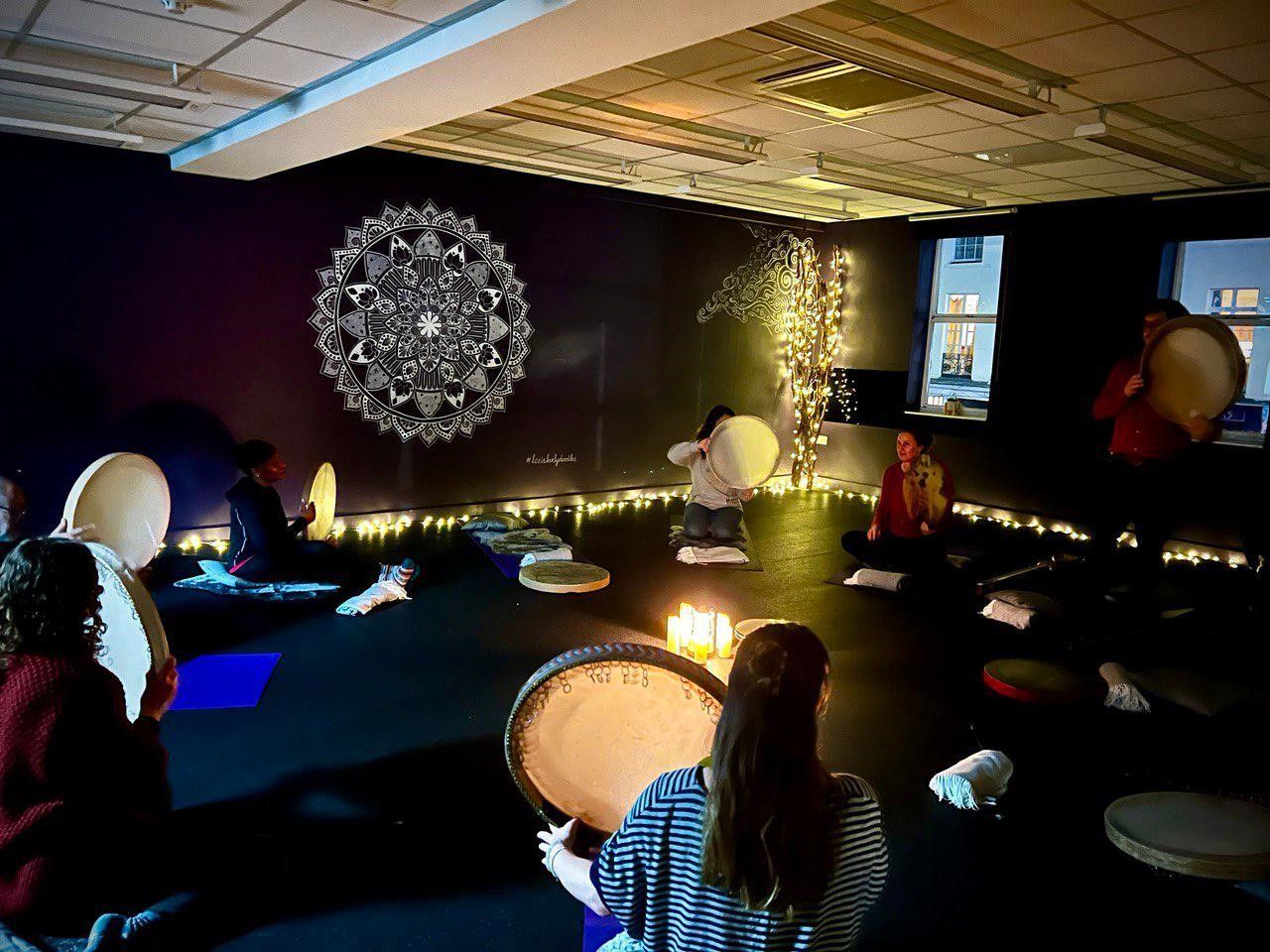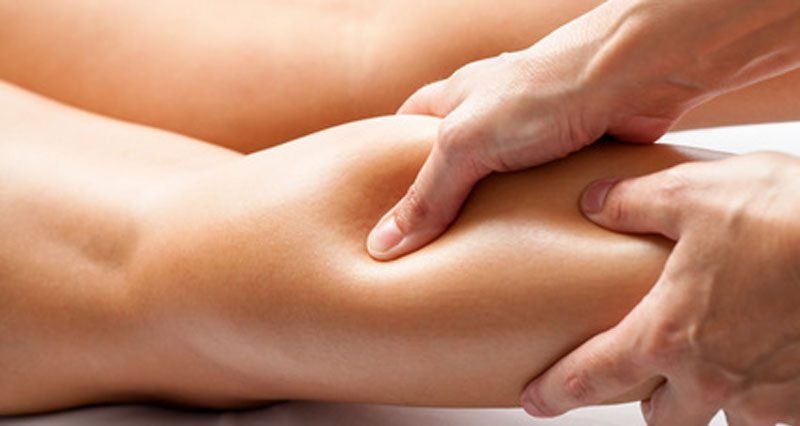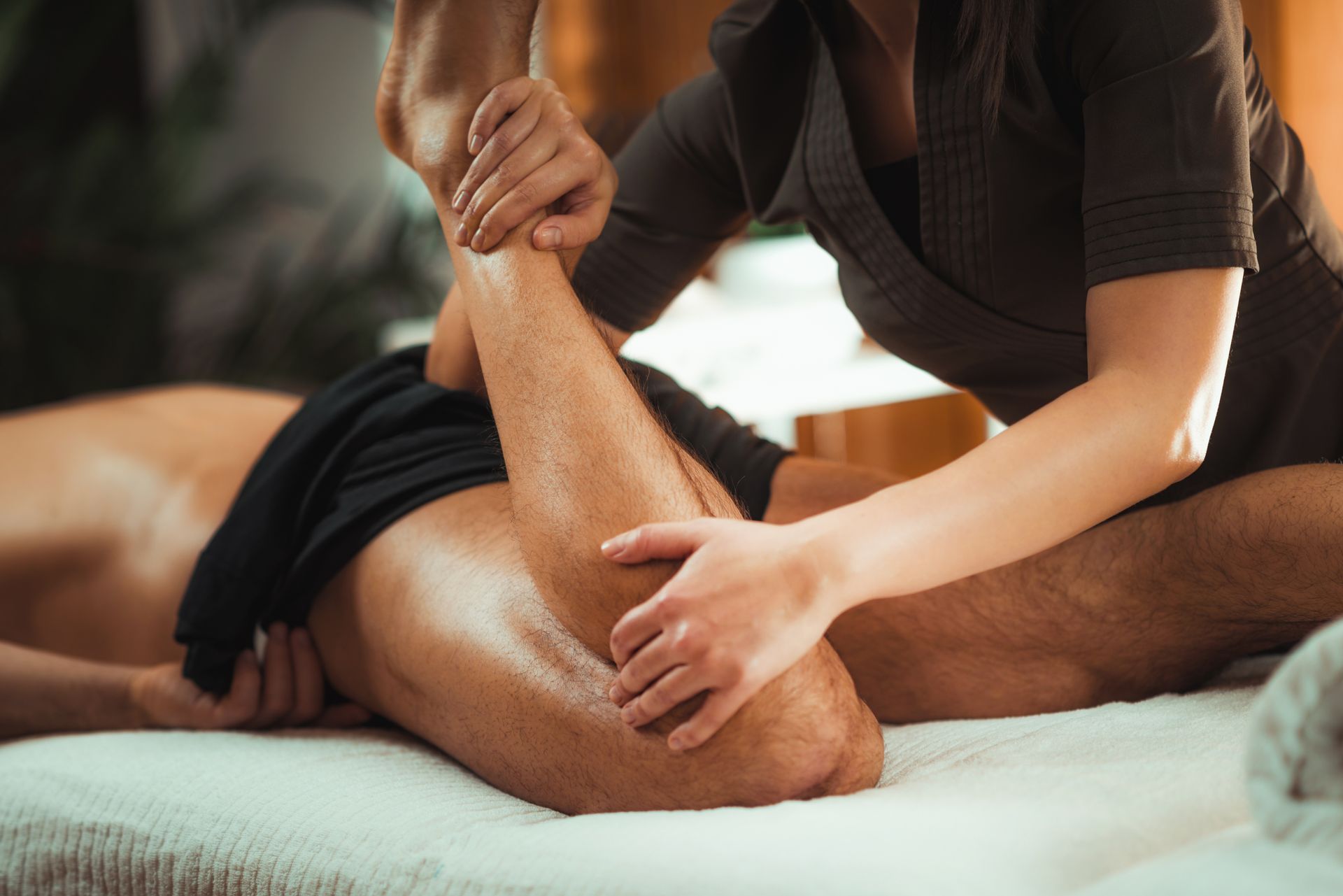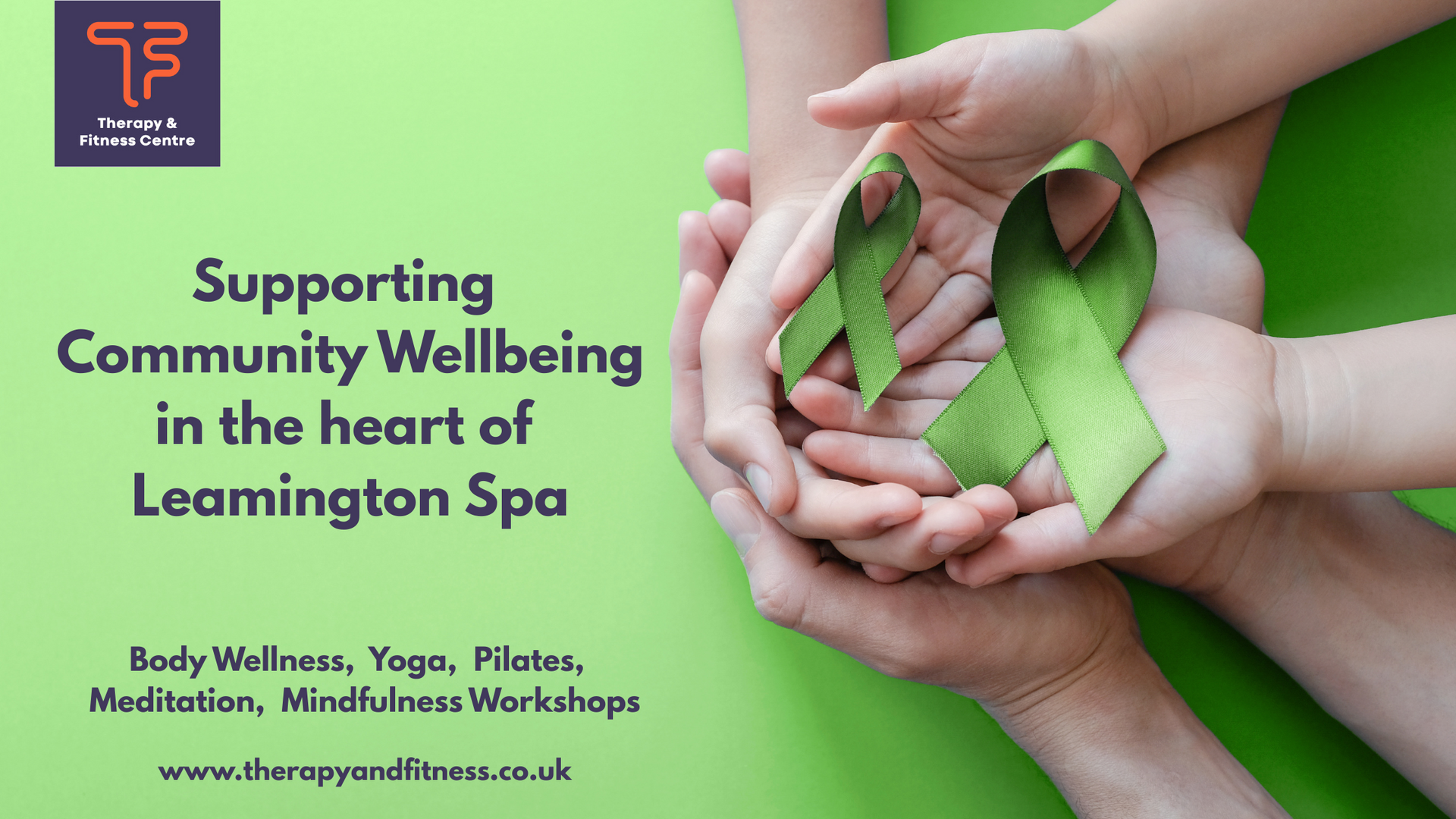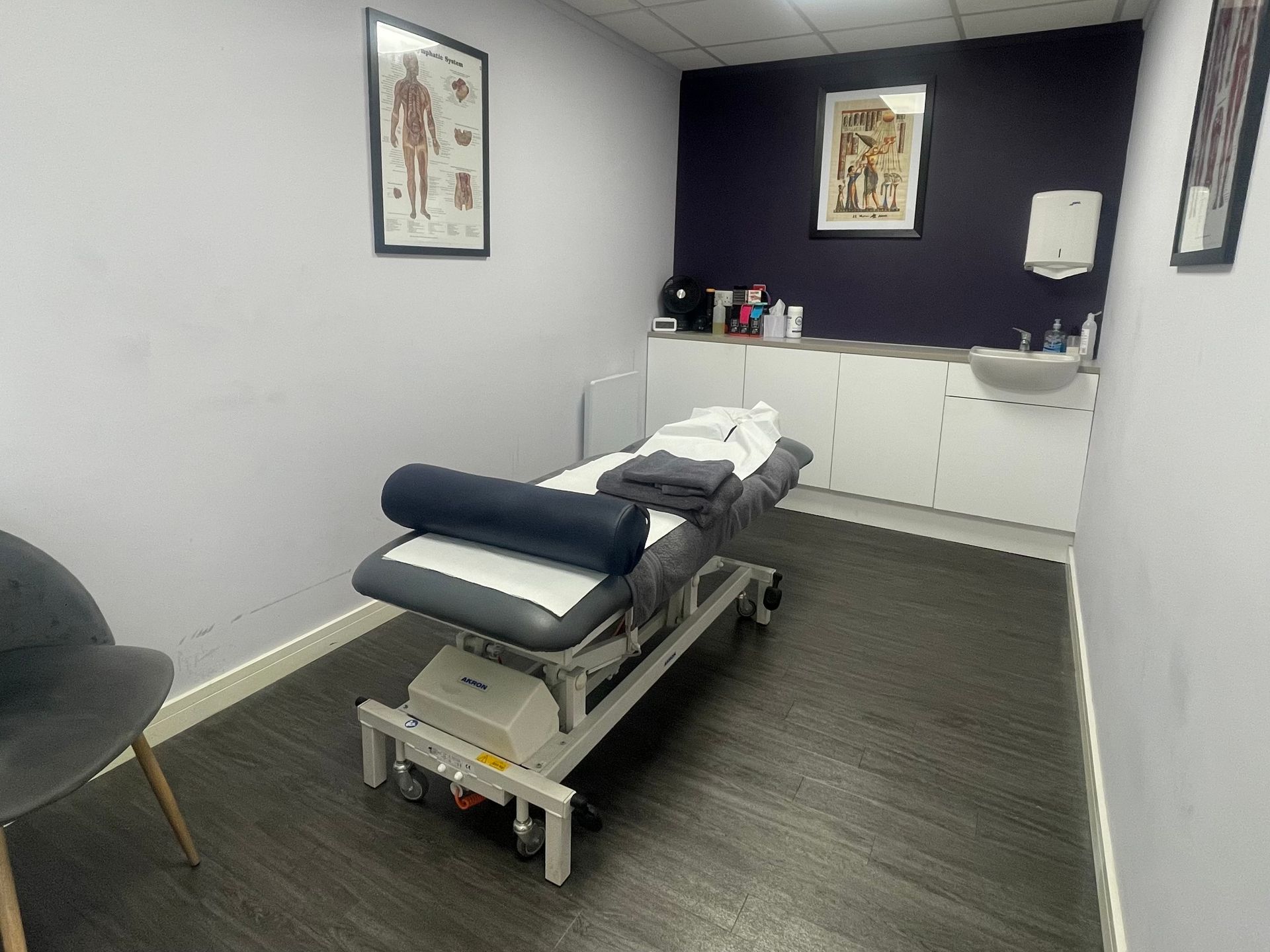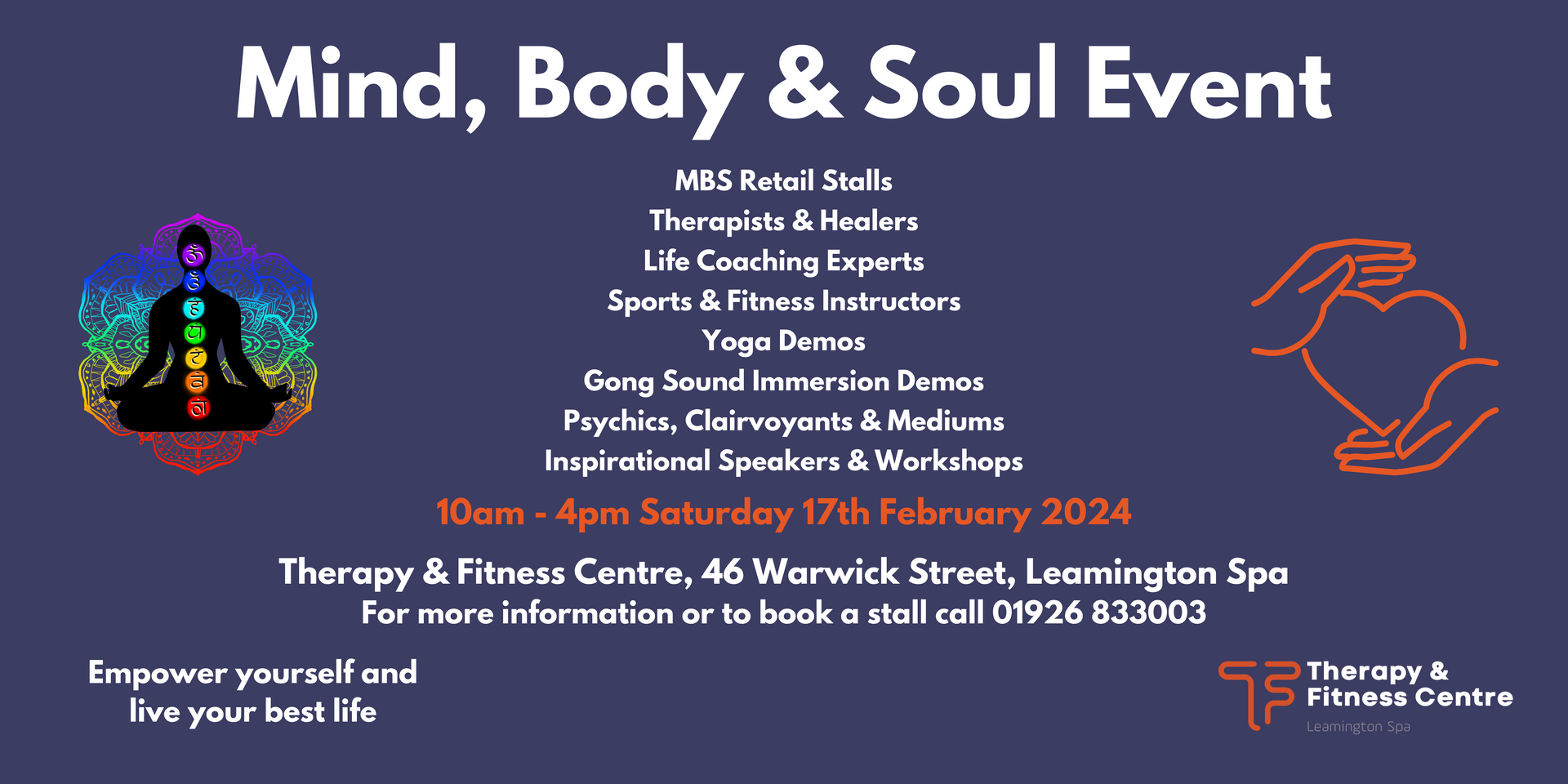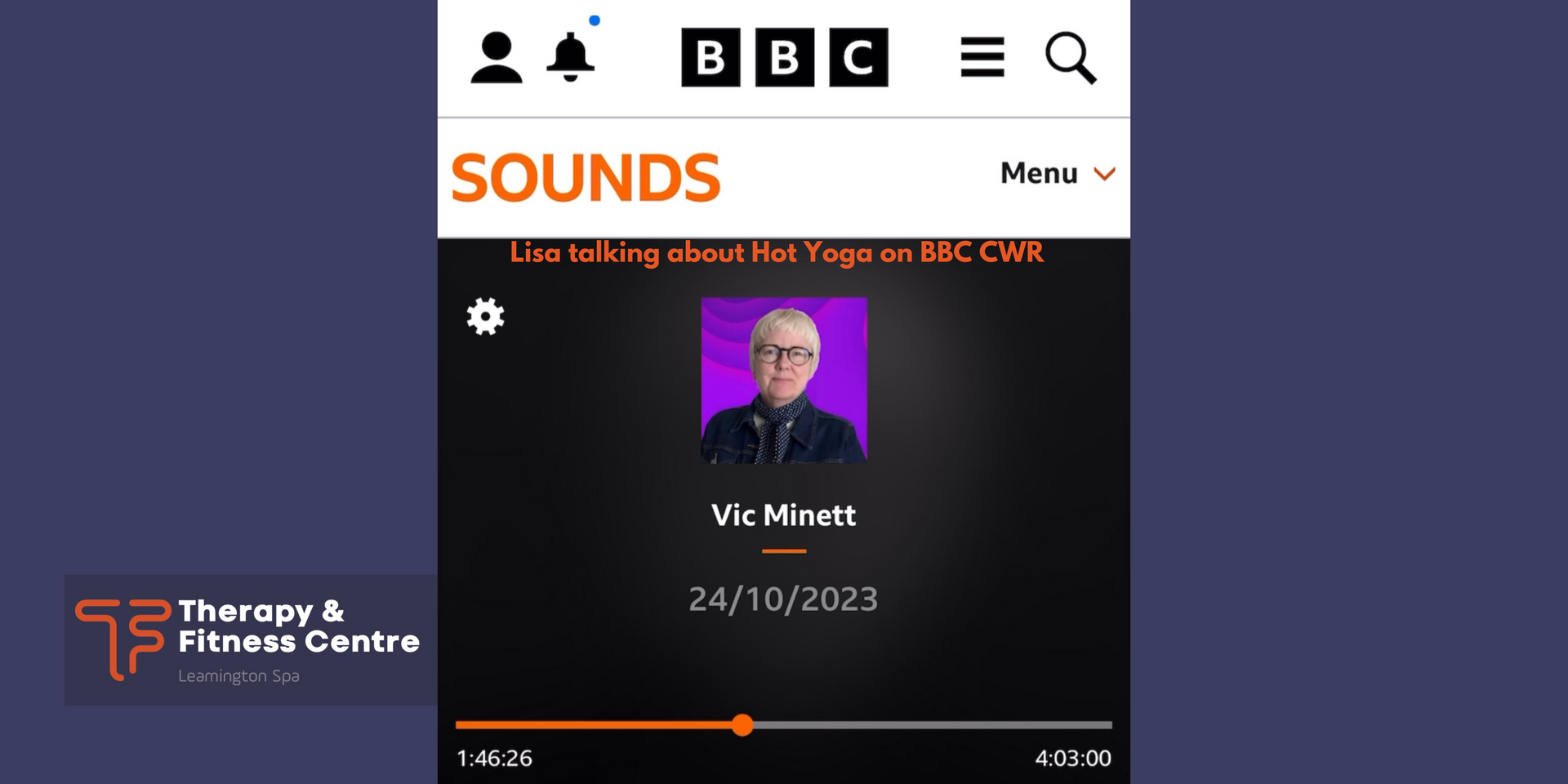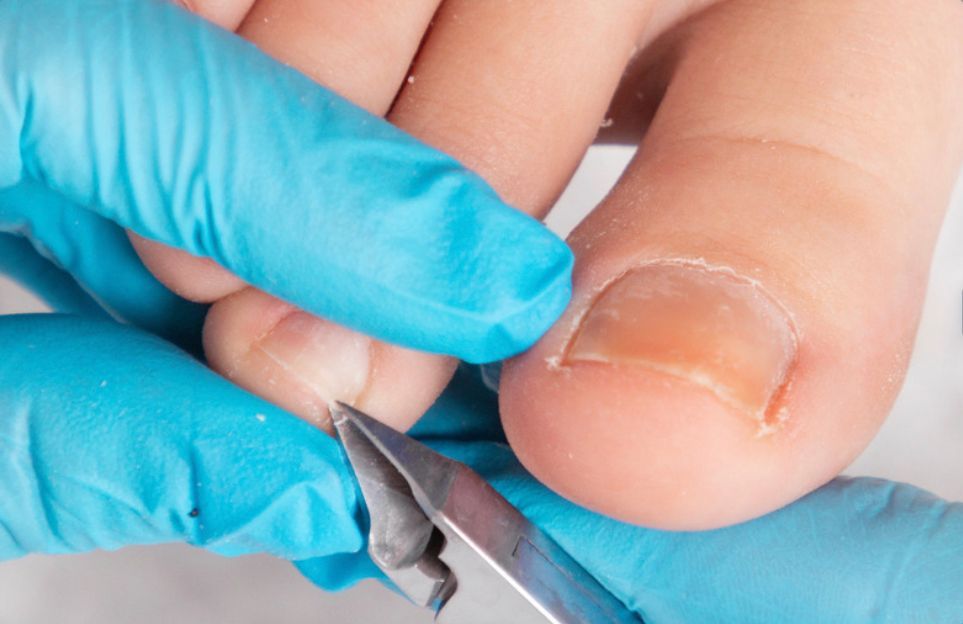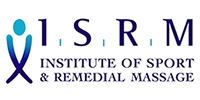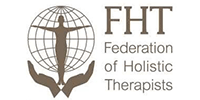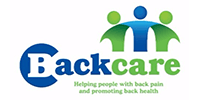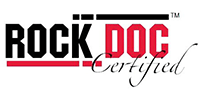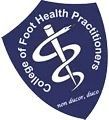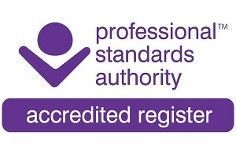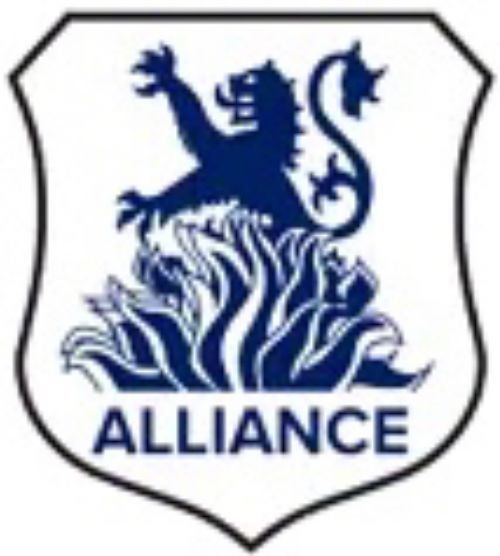Injury Prevention Techniques
Prevention of injuries is vital for anybody that partakes in sport or any manner of physical exercise in order to maintain healthy muscles, joints and bone strength.
By following the advice that the
Therapy and Fitness Centre have outlined in this guide, you will avoid causing long-term, career ending injuries such as strains, torn ligaments and muscles, and other associated issues.
Warm up
Before partaking in exercise, whether rigorous or gentle it is crucial to begin with a warm up routine.
Correctly formulated warm ups include various stretches across each muscle group to ensure adequate blood flow to the muscles. This preparation reduces the risk of pulling a muscle or causing injury to tendons.
A thorough warm up can also increase performance, flexibility and strength which allows you to increase the intensity of your workouts with reduced chance of damage to your body.
Warm up exercises include:
- Neck stretches
- Tricep and shoulder stretches
- Knee to floor lunges
- Hip and knee circles
- Toe touches
- Arm circles
- Side bends
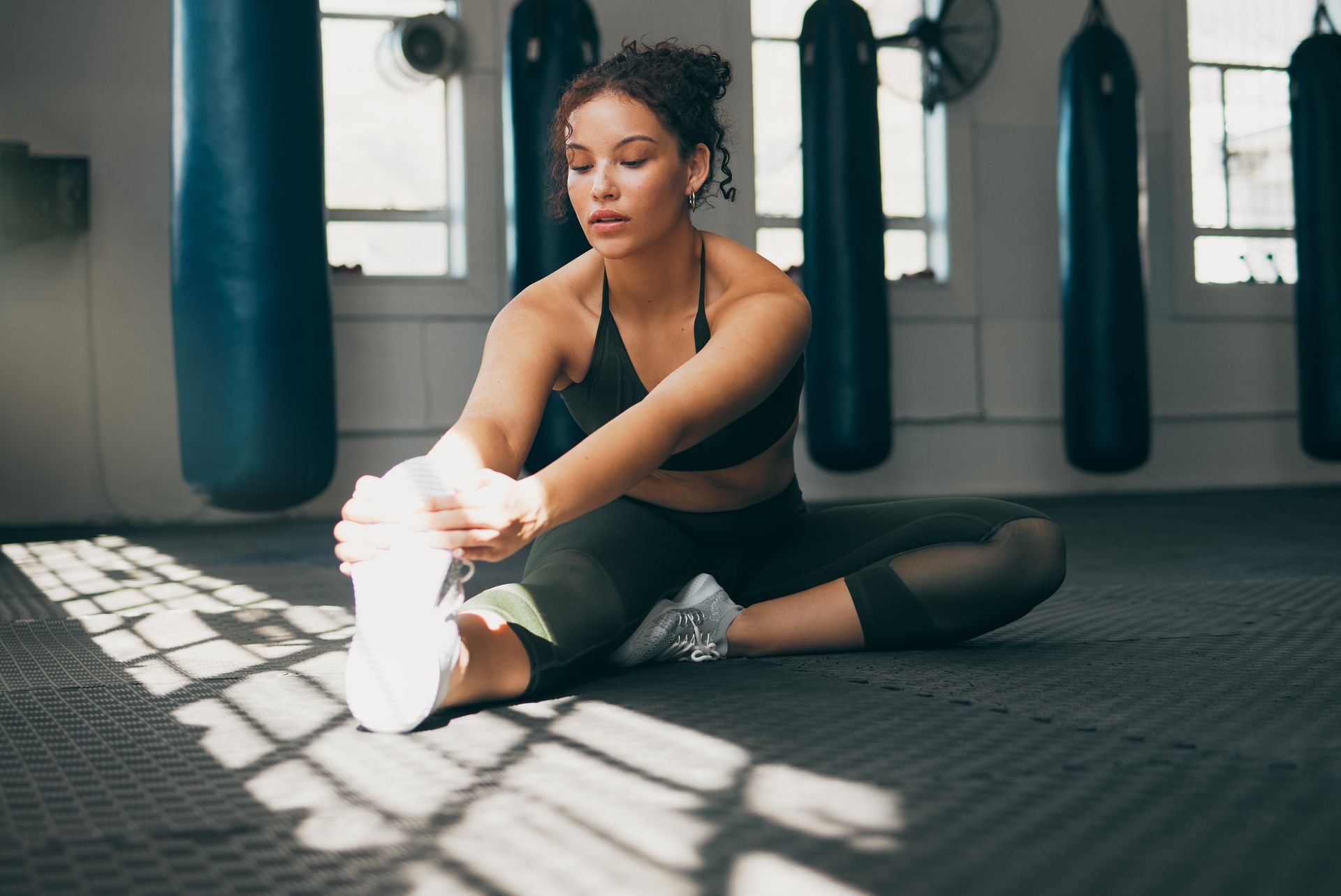
Cool down
When you exercise, your heart rate increases, your body temperature rises and your adrenaline peaks. This can cause you to misinterpret your body’s natural indicators of pain. Immediately coming to a stop after your workout can cause a drop in oxygen levels to your muscles that are required for stable recovery and repair following exercise.
In order to continue the healing of your muscles, it is important to engage in a series of gentle stretches or aerobic exercises to continue the delivery of blood and oxygen throughout your body.
However, it is important not to push your body to the point of pain.
Cool down exercises include:
- Side reaches
- Lunges
- Lying leg raises
- Arm reaches
- Head tilts
- Cat cow stretches
- Quad stretch
Wear the appropriate gear for the sport

Safety equipment exists in sport for a reason and it is vital that you wear the appropriate gear for your chosen exercise to avoid injury.
This includes:
- Footwear: This will depend on the activity you’re engaging with. For example, hiking will require walking boots with ankle support whereas you’ll require properly fitted/shaped trainers with impact absorption in the sole and wedge
- Sports Taping: Typically used to maintain joint, muscle and bone stability in sports such as weight lifting, boxing, contact sports and athletics
- Gum guards: Keep your teeth and tongue protected during contact sports
- Helmets and protective padding: These are typically sport specific and soften the impact of contact
Strength and Conditioning Classes
Practising strength and conditioning movements on a regular basis is known to reduce the risk of injury during exercise. It includes activities such as strength training, improving flexibility and joint mobility as well as cardiovascular exercise.
This form of conditioning allows you to improve your sporting technique thus acting as injury avoidance. For example, you could practise balance and landing technique to improve performance in basketball, volleyball or even parkour to reduce injuries associated with incorrect landing technique.
Therapy and Fitness Centre deliver
Strength and Conditioning Classes in Leamington Spa with the aim of improving sporting performance, learning movement patterns and enhancing coordination.
Sports Massage
Sports massage is a form of remedial massage that is tailored to the individual’s needs, but can also be used as a preventative measure. It combines deep tissue massage techniques to enhance power, flexibility and movement, all of which are vital for injury prevention.
Therapy and Fitness Centre have been delivering Sports Massage for over a decade, bringing stability to our client’s lives through injury prevention and rehabilitation.
If you would like to benefit from the Sports Massage services provided by Therapy and Fitness Centre, or for enquiries about our other treatments, please get in contact today.
Sign up to our newsletter to receive a £5 voucher towards the cost of your first treatment.
01926 833003 | info@leamingtontherapycentre.co.uk
